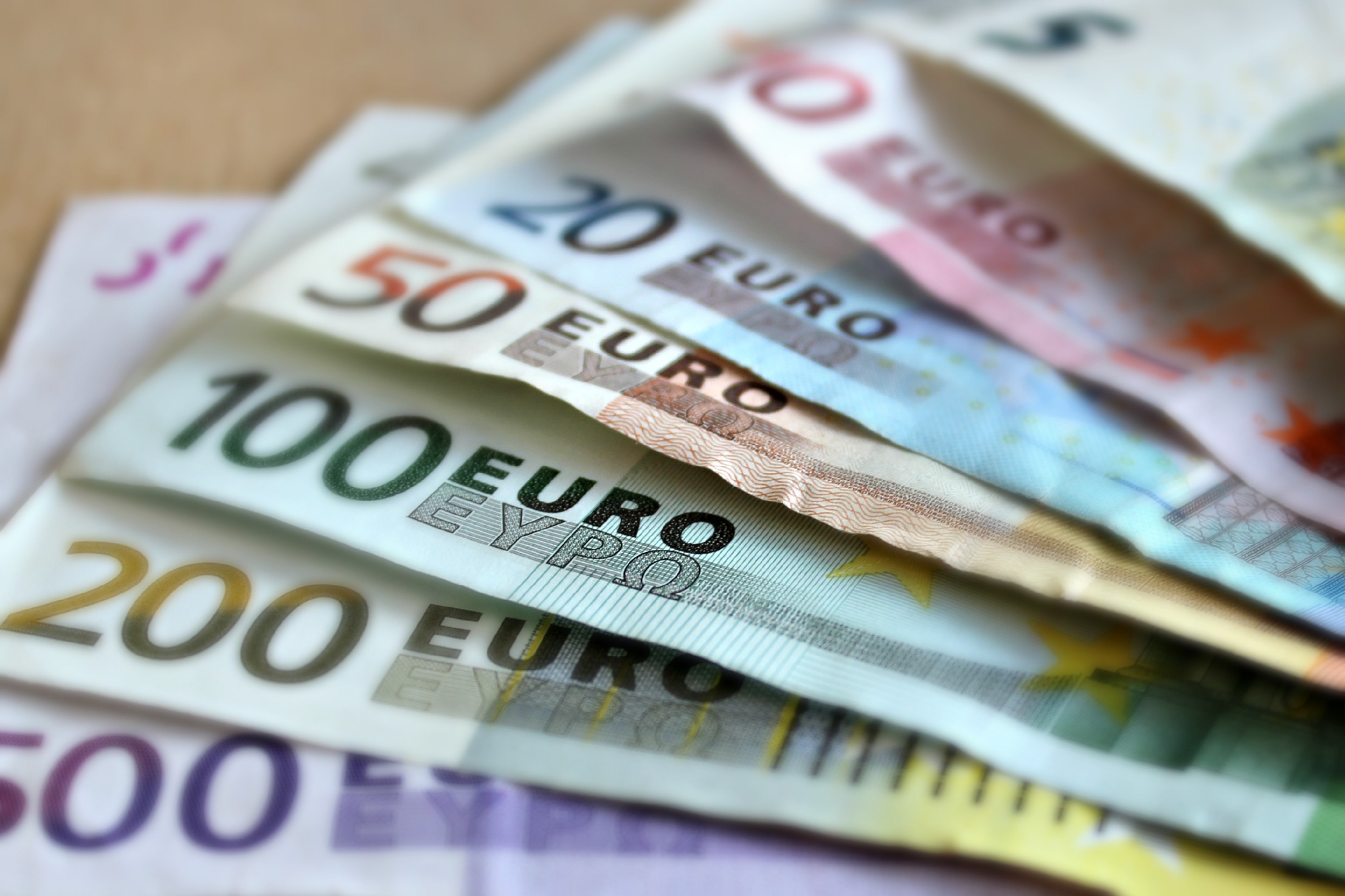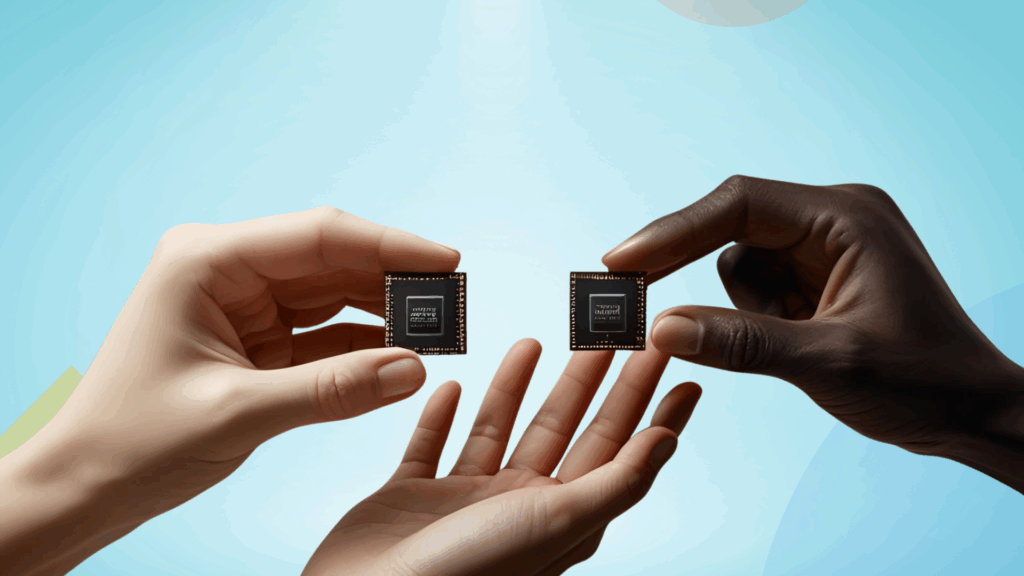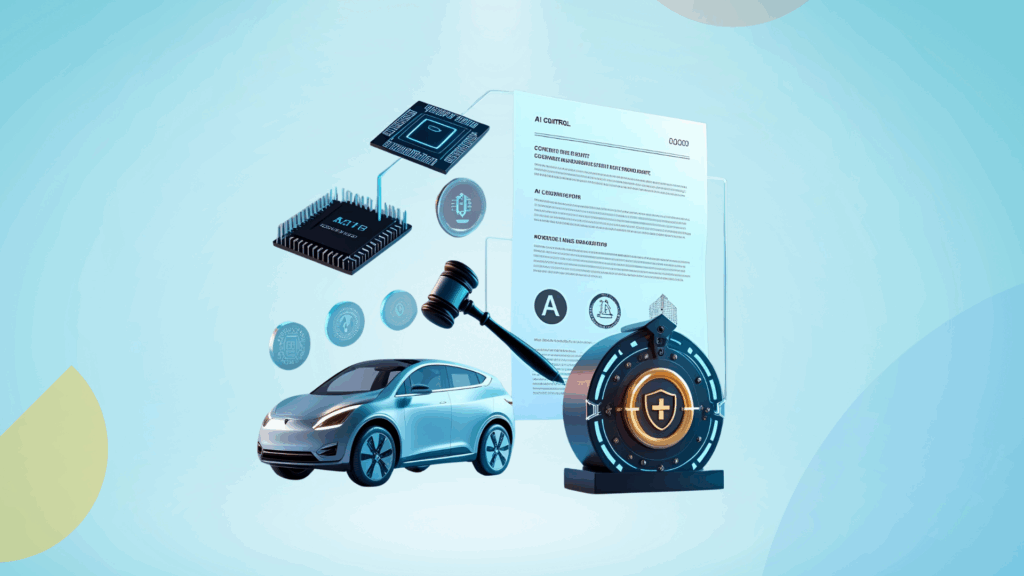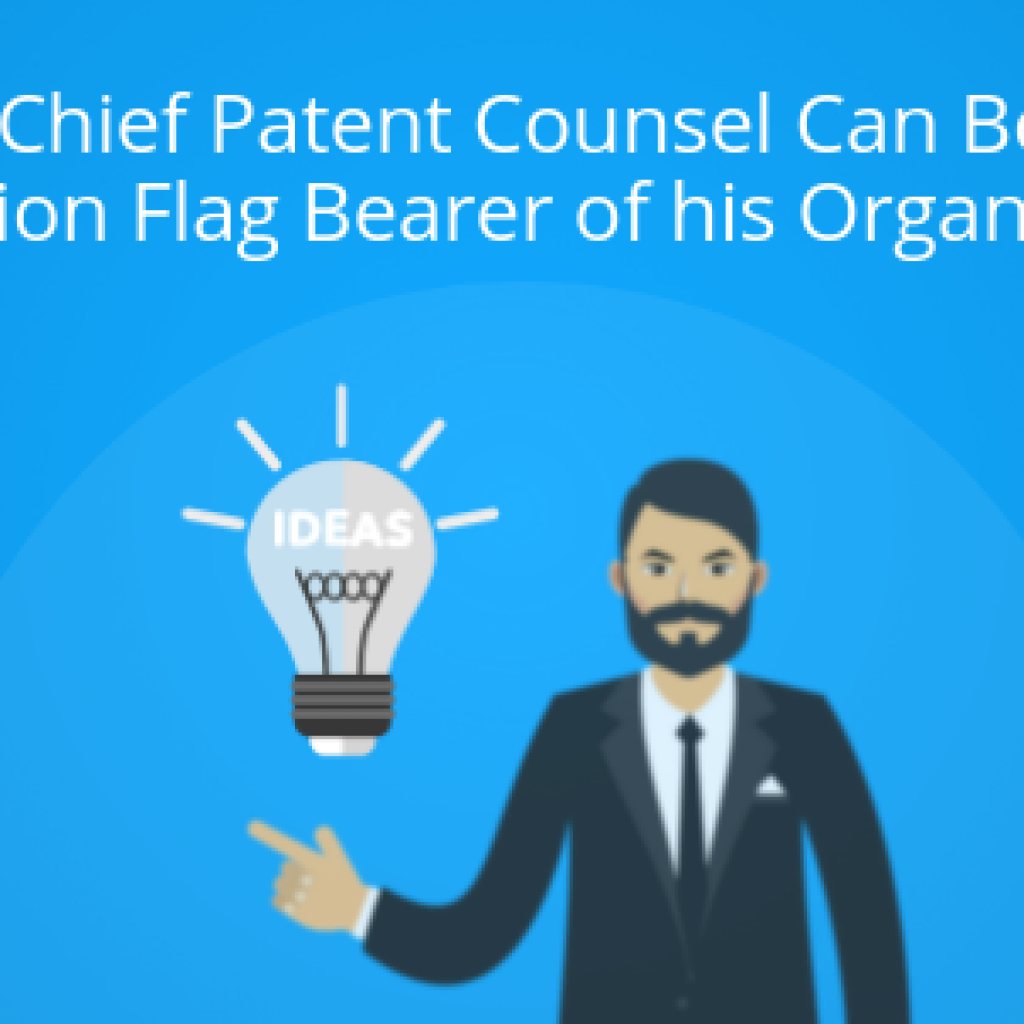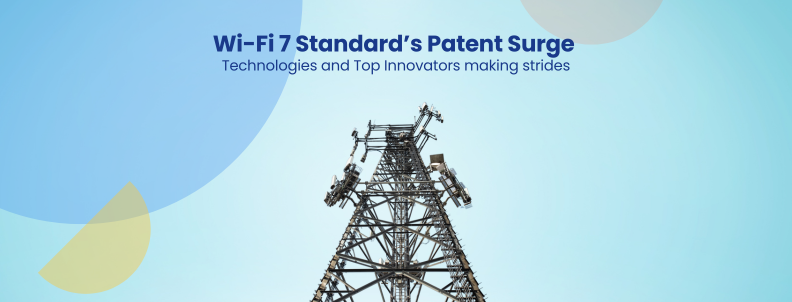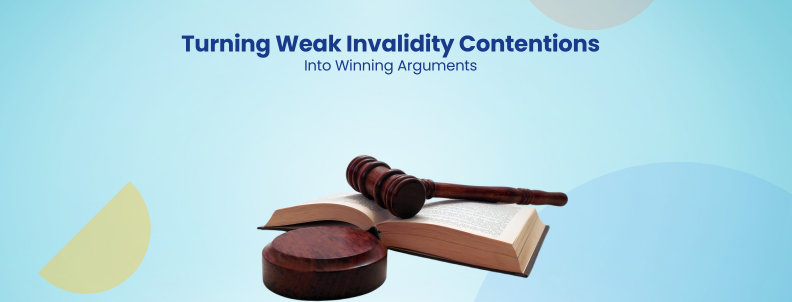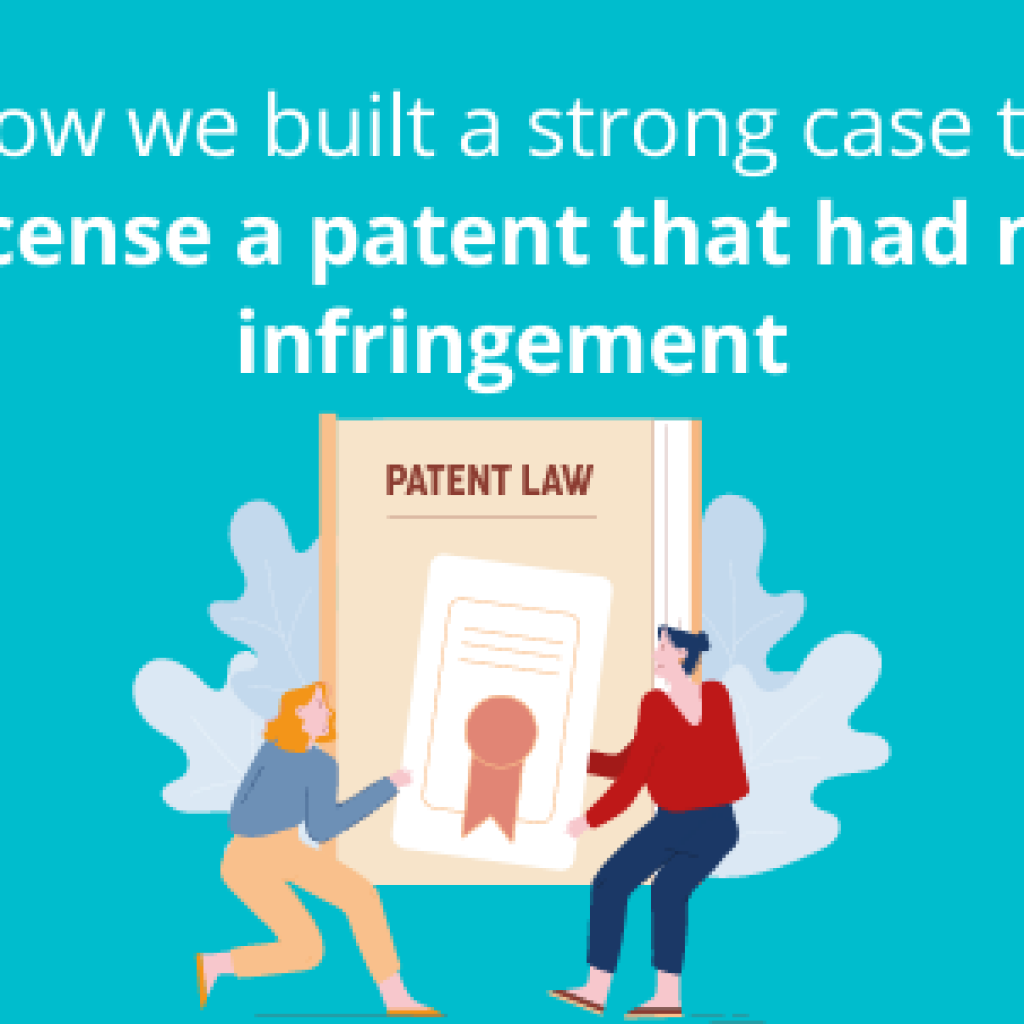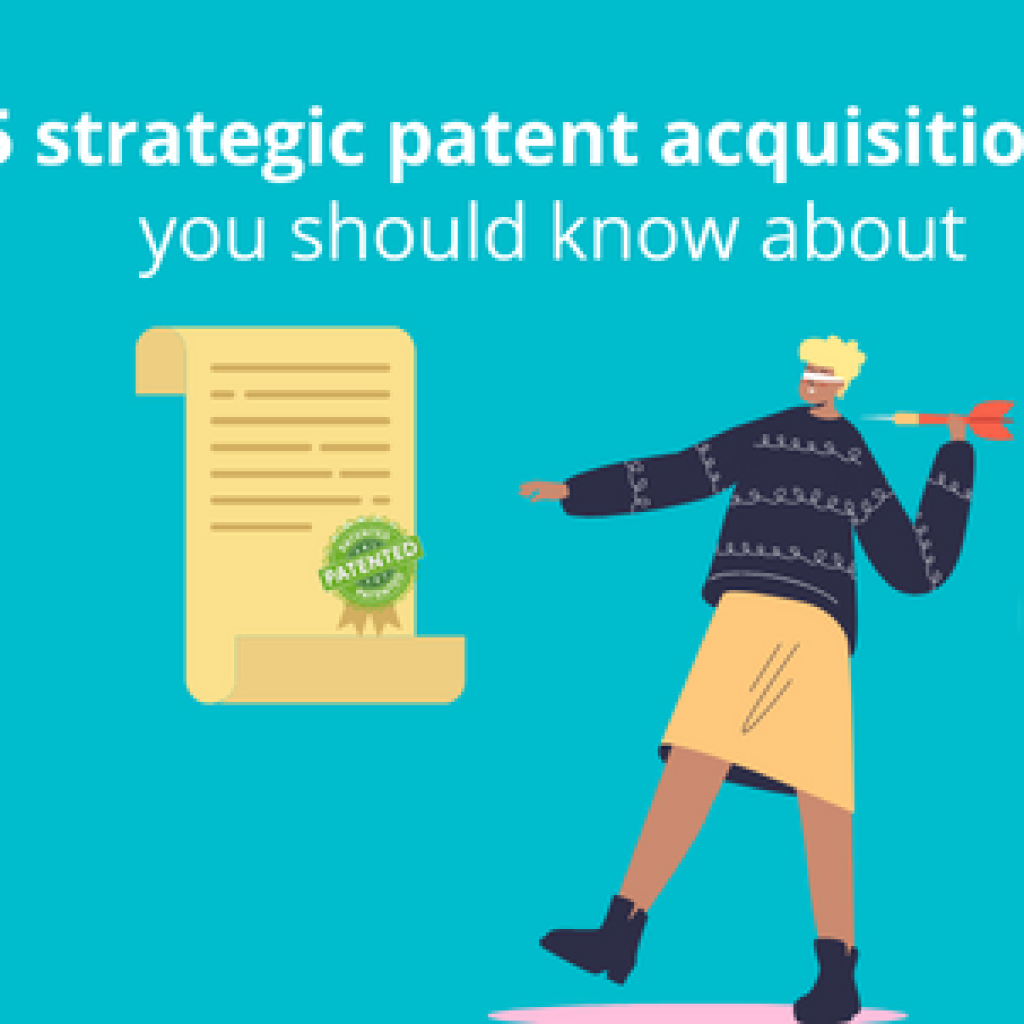Since September 2012 the USPTO has been invalidating a majority of the patents for which proceedings have been initiated under the inter parties review (“IPR”) process. Statistics on IPR proceedings have been available since its inception. The current numbers are far from comforting to patent owners. Given these statistics, is there still a way to monetize patents in today’s patent-hostile market? The short answer is “yes”. But, it takes work.
Smart patent monetization, whether by licensing or sales, is still an effective way to generate revenue from non-core patents. What is smart patent monetization (SPM)? SPM involves building a strong case for infringement and validity before engaging in discussions with interested parties.
Initially, non-core patents are identified. This involves categorizing the overall patent portfolio in order to understand what the company owns and where those assets fit within the longer-term business plans. For smaller portfolios, under 50 to 100 assets, such a project can usually be done internally. However, if time and resources do not permit such an endeavor, it would be wise to engage a firm that specializes in these efforts.
After the non-core patents are identified the next step in SPM is to further identify those patents that have clear and provable infringement potential. Infringement potential should be based on the current and near-term market. Company engineers and inventors can often assist in identifying potentially infringing products or services. However, it is usually more productive to consult with expert vendors in this field who have the tools and expertise to more effectively develop such support.
Such efforts include the initial identification of market competitors, finding products and services that are similar to those disclosed in the patents, and developing claim charts for those products and services to support an assertion of infringement. In many situations supporting information can usually be obtained from publicly available sources. In other cases, reverse engineering of the product or service will be required.
At the same time, efforts should be made to determine the sales numbers for infringing products, the unit pricing, and the range for a reasonable royalty rate. This information will be used to determine whether a full-on monetization effort makes sense.
Claim charts supporting infringement is the first of two major hurdles. The next major hurdle to overcome is validity. Most patent owners believe that validity is established once the patent issues. While a US patent still enjoys a presumption of validity (at least on paper), as a practical matter this presumption means little to accused infringers.
Patent validity can be challenged in federal court, before the USPTO in an IPR proceeding and, typically, in both arenas. In an IPR proceeding, the validity of one or more claims is reviewed only on a ground that could be raised under §§ 102 or 103, and only on the basis of prior art consisting of patents or printed publications. Validity challenges available in federal court are broader.
In either scenario, prior art that was not considered by the examiner is the main weapon of attack. While it’s certainly possible to reach out to potentially infringing parties armed only with relevant claim charts, it’s not advisable. A party responding to licensing or sales efforts will usually conduct a comprehensive prior art search. My advice to patent owners pursuing an SPM effort is to conduct a meaningful prior art search before giving the notice to avoid surprises and to strengthen their position.
If such a search comes back positive for prior art the patent owner may want to end efforts to monetize those patents. It will usually depend on whether the prior art reads on one or more of the asserted claims. On the other hand, a clean prior art search report is further confirmation of validity.
How reliable is a prior art search? It depends on who conducts the search and how that search was conducted. I have often seen excellent results when an invalidity search is conducted by a reputable outside vendor. However, there has been a trend over the past several years to think of patent searches as a commodity. This can be dangerous.
I would have considerable difficulty advising a client to rely on the results of an invalidity search costing less than a few thousand dollars. In any situation where quality is the main requirement, the low cost tends to mean low quality. Of course, the willingness to invest in a quality search should be based on the potential recovery from licensing or a complete sale. If the potential revenue is substantial then a comprehensive prior art search should be undertaken.
At this point the patent owner has the following ammunition to start a monetization effort:
- Identified non-core patents
- Identified potential infringing products
- Claim charts covering infringing products
- Estimated revenue based on a reasonable royalty rate range
- Invalidity prior art search(es) covering non-core patents to confirm the validity
Armed with the above information and/or documentation the monetization effort can begin in earnest. Now is the time to give notice to potential infringers. This aspect should not be taken lightly. Notification should make the potential infringer aware of the issues without providing support for a possible declaratory judgment action in federal court. While declaratory judgment actions are always possible, the vast majority of accused infringers would rather talk than pay lawyers to file and prosecute such an action. Get a competent IP litigation lawyer’s advice before sending out notice letters.
From this point forward the patent owner should expect a typical monetization effort to last up to 12 months from the initial notice until the effort is resolved one way or another. It’s typical for patent lawyers to be involved during the entire process. However, it’s always helpful when the business representatives of both parties speak candidly without lawyers being present. The end result should benefit both sides by avoiding costly and time-consuming litigation and IPR practice and providing closure to a legitimate dispute.
Much of the effort will focus on technical and legal discussions over infringement and validity. Use your lawyers and IP service providers wisely to help address difficult issues. Because the process described above is front end loaded the patent owner’s team should be well prepared to make a strong argument for licensing or a sale. That’s the essence of SPM.
Despite current conditions, it is still possible to obtain revenue from monetizing non-core patents. As an example, I was recently involved in such an effort. Substantial resources were utilized to put forward the strongest position for settlement. I represented a small and medium-sized enterprise (SME) in discussions with one of the largest technology companies in the U.S, after 9 months of negotiations, my client was offered a low seven-figure settlement to license the patents. This amount represented about 20 cents on the dollar for damages calculated to the date of settlement.
Some may feel that a larger settlement amount was justified. Possibly! But, effective negotiations of this sort always reflect a win-win effort. Neither party gets all it wants. Further, at some point an end to discussions becomes evident. The patent owner has a choice, accept the settlement, or pursue litigation. In my opinion, only exceptional cases justify litigation. Absent such circumstances, it’s usually wise to settle and move on to the next target.
This is just one instance of a productive outcome. Not all efforts result in a successful resolution. However, a well-prepared patent owner has a much better chance of producing income from non-core patents compared to any other method. On the other hand, a lack of preparation at the beginning usually results in a failed monetization effort. Unfortunately, patents do not defend themselves.
The above describes my best effort to provide a very brief description of an effective patent monetization strategy for small and medium-sized enterprises. I have left out much of the details for readability and because such details are usually driven by the specific facts of the matter. In follow-on articles, I will attempt to provide additional information on this subject and others for those interested in creating and utilizing valuable patents.
Next Step: Explore more Patent commercialization Strategies and create your own smart patent commercialization strategy using these tactics.

Eric Halber, the author of the article, is a thought leader in the IP space. He has over 25 years of experience in IP litigation and prosecution with Fortune 500 companies and top law firms.
Eric is sharing his extensive experience through a series of articles on GreyB. You can subscribe to our email newsletters to get notified about his strategies and thought process from here: Click here to Subscribe.

